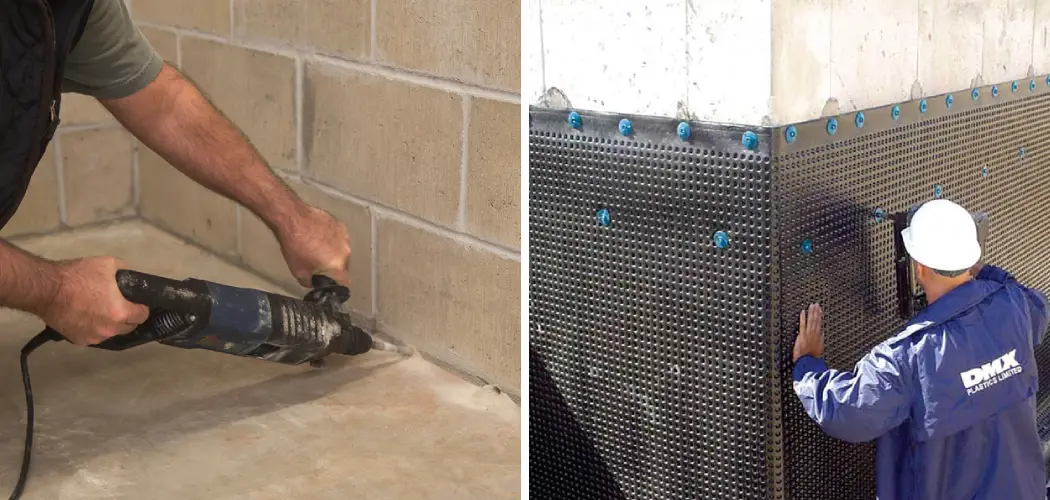It’s raining, it’s pouring, and now your basement is wet. Water is seeping in through cracks in your basement walls, and you don’t know what to do. The good news is that you can fix this problem yourself with a little patience and the right materials.
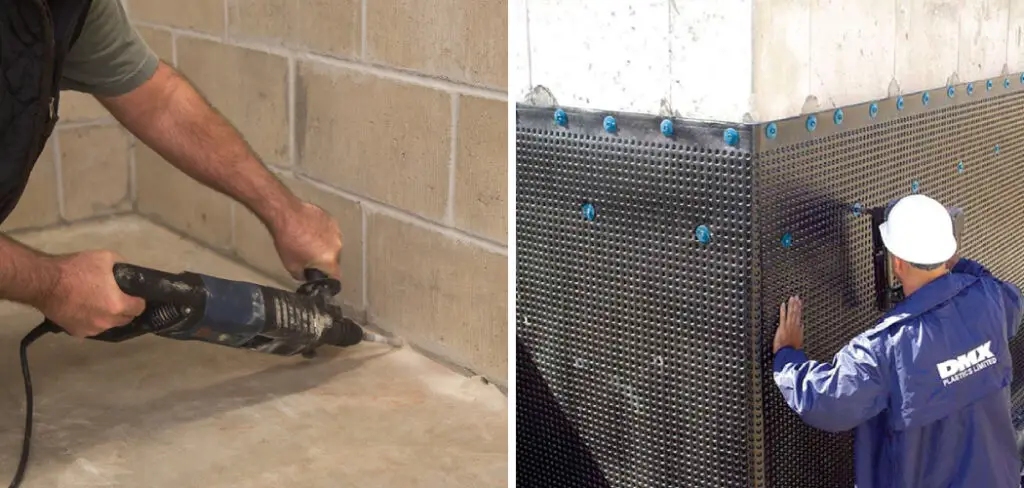
In this blog post, we’ll show you how to fix hydrostatic pressure in basement wall so you can stop worrying about flooding and start enjoying your space again.
Causes of Hydrostatic Pressure in Basement Walls
Hydrostatic pressure is the pressure that is exerted by a fluid on the walls of the container that holds it. The causes of hydrostatic pressure in basement walls can be divided into two main categories: external factors and internal factors. External factors include the weight of the soil and any rain or groundwater that may be present.
Internal factors include the hydrostatic head, which is the height of water above the wall, and the pore water pressure, which is the pressure exerted by water in the pores of the wall. In most cases, hydrostatic pressure is caused by a combination of both external and internal factors.
If the hydrostatic head is high and there is a lot of rainfall or groundwater, the hydrostatic pressure on basement walls can be significant. To help reduce hydrostatic pressure, home builders often install drains around the perimeter of the basement to remove any water that may accumulate.
Why Should You Fix Hydrostatic Pressure on Basement Wall?
You should consider fixing hydrostatic pressure in your basement wall for several reasons. First and foremost, hydrostatic pressure can lead to serious damage to your home. If left unchecked, it can cause cracks in your foundation and even cause your basement walls to collapse.
In addition, hydrostatic pressure can also cause mold growth and Wood rot. Not only is this unsightly, but it can also pose a serious health risk to you and your family. Finally, fixing hydrostatic pressure in your basement wall can help improve your home’s value.
Potential buyers will be impressed by your efforts to maintain a safe and healthy home, which could lead to a higher sale price. So if you’re looking for a way to protect your home and boost its value, fixing hydrostatic pressure in your basement wall is a great option.
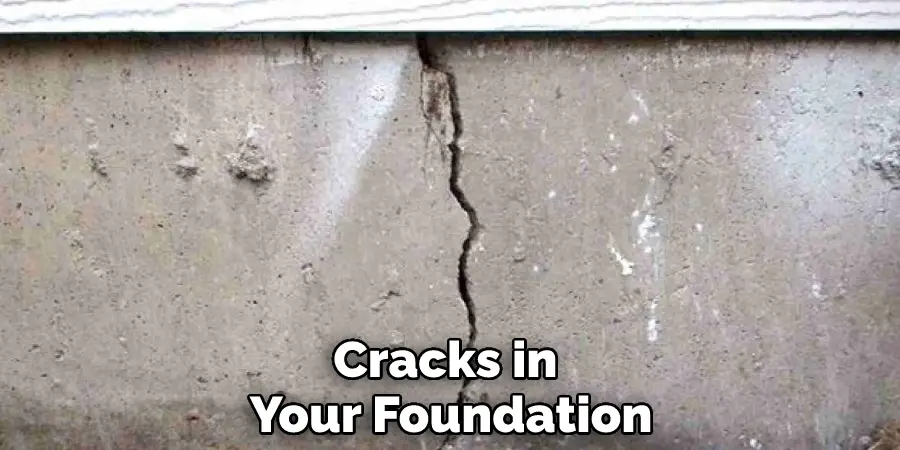
7 Tips to Follow on How to Fix Hydrostatic Pressure in Basement Wall
1. Understand What Hydrostatic Pressure Is
Hydrostatic pressure is the force that water exerts on objects when it is at rest. This pressure increases as the depth of the water increases. Water seeping into your basement can pressure the walls and floors, eventually leading to cracks or other damage.
2. Know the Signs of Hydrostatic Pressure
You can look for several signs to determine if hydrostatic pressure is affecting your basement. These include cracks in the walls or floors, leaks, dampness, and musty odors. If you notice any of these signs, it’s important to take action to fix the problem.
3. Find the Source of The Water
The first step in fixing hydrostatic pressure is finding the water’s source. This may be due to heavy rainfall, a broken pipe, or another issue. Once you’ve found the source of the water, you can take steps to fix it.
4. Install a Sump Pump
One way to reduce hydrostatic pressure in your basement is to install a sump pump. This pump will remove water from your basement before it builds up and puts pressure on your walls or floors.
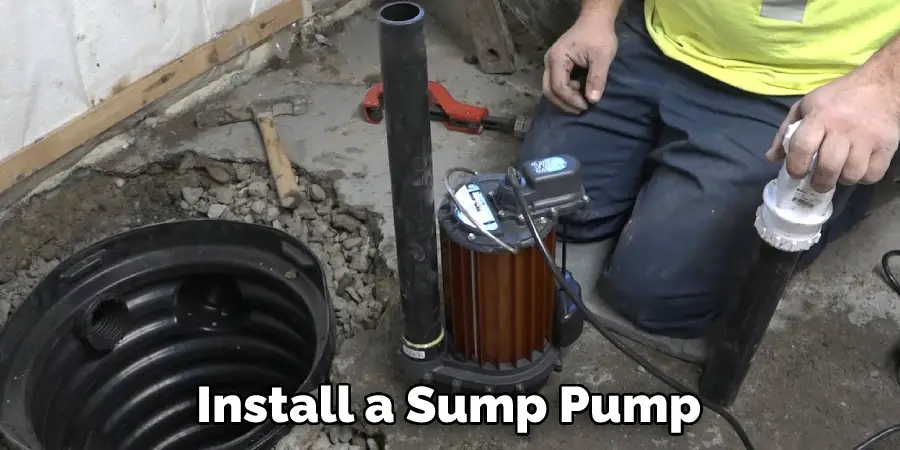
5. Seal Any Cracks in Your Foundation
If there are any cracks in your foundation, it’s important to seal them as soon as possible. This will help to prevent water from seeping into your basement and causing hydrostatic pressure.
6. Add Drainage Around Your Home
Another way to reduce hydrostatic pressure is to add drainage around your home. This will help to redirect water away from your foundation and into a drain or other area where it can be safely disposed of.
7. Call a Professional
If you’re unsure how to fix your basement hydrostatic pressure, it’s best to call a professional. They will be able to assess the situation and recommend the best course of action for your particular case.
That’s it! You’ve now learned how to fix hydrostatic pressure in basement wall. If you follow the tips outlined above, you should be able to reduce the amount of water and pressure that is building up in your basement. This will help to protect your home from further damage.
Some Things You Need to Know Before Fixing Hydrostatic Pressure in Basement Wall
Hydrostatic pressure in a basement wall is the force that the water puts on the wall. This pressure can cause the wall to crack or buckle, leading to serious structural problems if left unchecked. If you have a problem with hydrostatic pressure in your basement, you should know a few things before trying to fix it yourself. First, you need to identify the source of the water. If the water is coming from outside, you’ll need to address that problem first.
Once you’ve stopped the water from coming in, you can begin to work on fixing the hydrostatic pressure in your basement wall. Next, you must determine whether the hydrostatic pressure is coming from the soil or groundwater. You’ll need to install a drainage system if it’s coming from the soil. However, if it’s coming from groundwater, you’ll need to install a sump pump. Once you’ve identified the source of the problem, you can begin to work on fixing it. With a little knowledge and effort, you can fix hydrostatic pressure in your basement wall and avoid serious structural problems down the road.
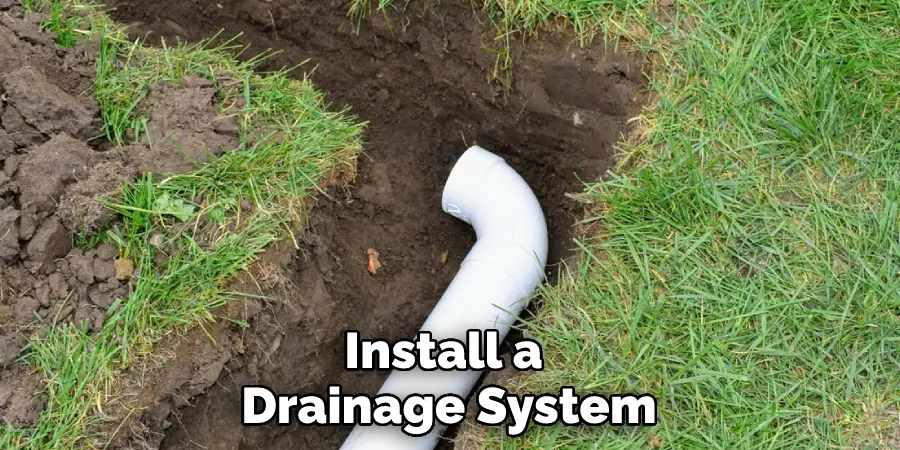
5 Benefits of Fix Hydrostatic Pressure in Basement Wall
1. Prevents Water Damage
One of the primary benefits of fixing hydrostatic pressure in your basement walls is that it can help to prevent water damage. When hydrostatic pressure is present, it can cause water to seep through cracks in your basement walls and lead to flooding or other water damage. By fixing the hydrostatic pressure, you can help prevent this.
2. Reduces Mold Growth
Another benefit of fixing hydrostatic pressure in your basement walls is that it can help to reduce mold growth. Mold thrives in damp, dark environments, and a basement with hydrostatic pressure can provide the perfect conditions for mold growth.
By fixing the hydrostatic pressure, you can help to make your basement less hospitable for mold and reduce the risk of mold growth.
3. Improves Air Quality
Another benefit of fixing hydrostatic pressure in your basement walls is that it can help to improve air quality. When there is hydrostatic pressure in your basement, it can cause musty odors and poor air circulation.
This can lead to respiratory problems for those who are sensitive to these conditions. By fixing the hydrostatic pressure, you can help improve the air quality in your basement and make it more comfortable.
4. Increases Energy Efficiency
Another benefit of fixing hydrostatic pressure in your basement walls is that it can help to increase energy efficiency. However, when there is hydrostatic pressure in your basement, it can cause drafts and cold spots.
This can lead to your heating and cooling system working overtime to maintain a comfortable temperature, increasing your energy bills. By fixing the hydrostatic pressure, you can help increase your home’s energy efficiency and save money on your energy bills.
5. Helps To Maintain The Value Of Your Home
Another benefit of fixing hydrostatic pressure in your basement walls is that it can help maintain your home’s value. If you have a wet or damp basement, it can lead to serious problems such as rot and mold growth. These problems can devalue your home and make it difficult to sell.
By fixing the hydrostatic pressure, you can help maintain your home’s value and make it more attractive to potential buyers.
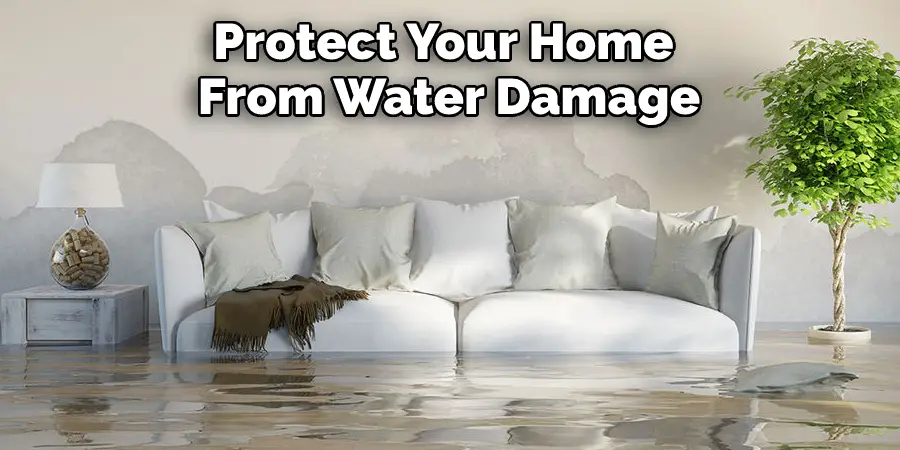
These are just a few of the advantages of fixing hydrostatic pressure in your basement walls. By addressing this issue, you can help to protect your home from water damage and mold growth, improve air quality, increase energy efficiency, and even maintain the value of your property.
So if you have noticed any signs of hydrostatic pressure in your basement, it’s important to take action as soon as possible!
How to Prevent Hydrostatic Pressure in Basement Wall from Happening Again
Hydrostatic pressure in basement walls is caused by water seeping through cracks or other openings in the foundation. This can lead to significant structural damage, mold, and mildew growth. However, there are several ways to prevent hydrostatic pressure from happening again.
First, it is important to repair any cracks or holes in the foundation. These can be filled with hydraulic cement or other sealants. Second, you may need to install a drainage system around the perimeter of the foundation. This will help to redirect water away from the house and reduce the risk of seepage.
Finally, it is also important to maintain proper grading around the foundation. This will ensure that water flows away from the house and does not pool near the foundation. By taking these steps, you can help to prevent hydrostatic pressure from happening again.
Conclusion
No one wants their basement to flood—but if you have hydrostatic pressure in your basement walls, flooding might be a reality unless you take action. In this blog post, we showed you how to fix hydrostatic pressure in basement wall by identifying the source of the problem and taking measures to prevent water from seeping into your home.
By following these steps, you can keep your basement dry all year long—no matter how much it rains!

